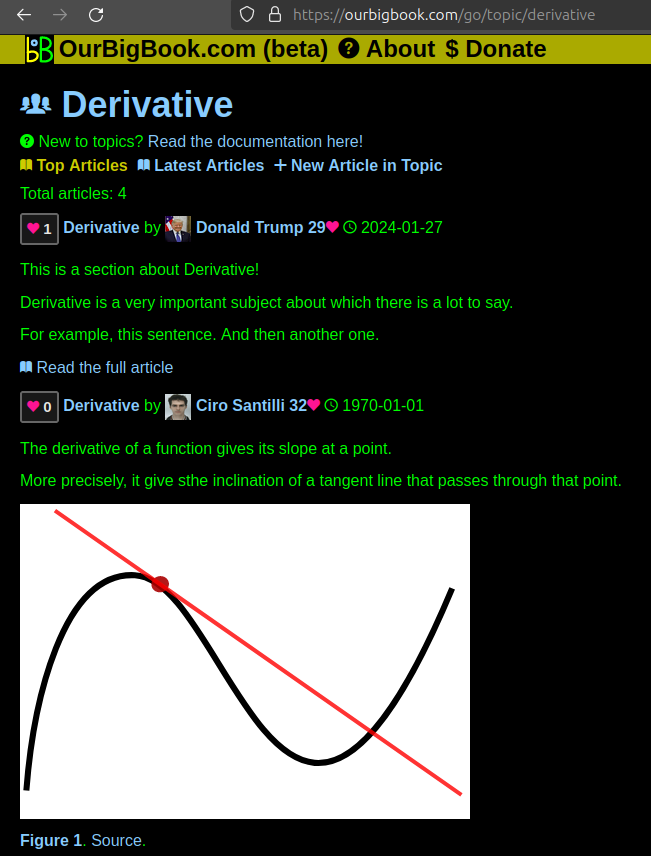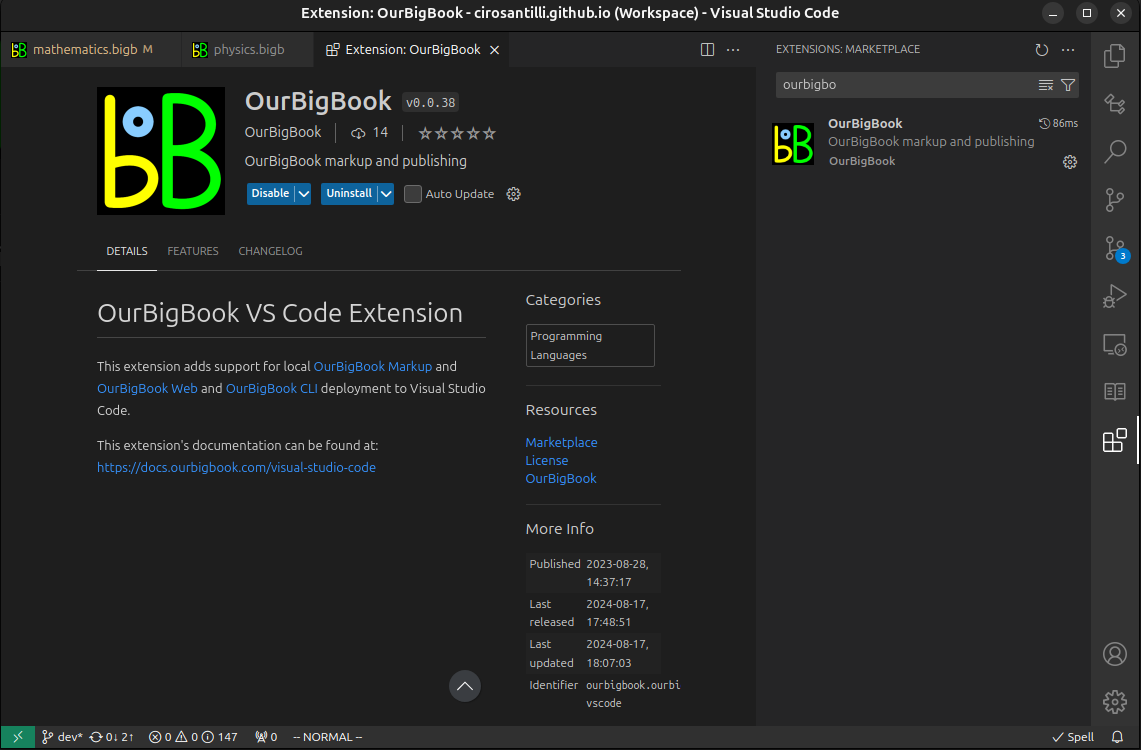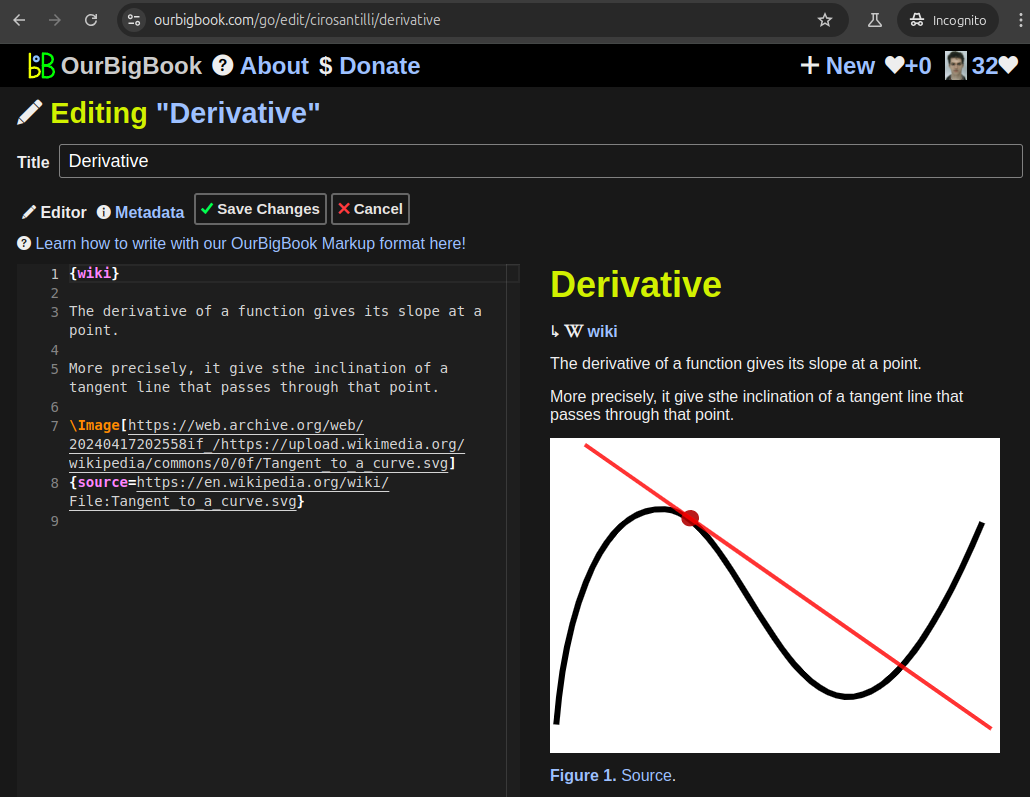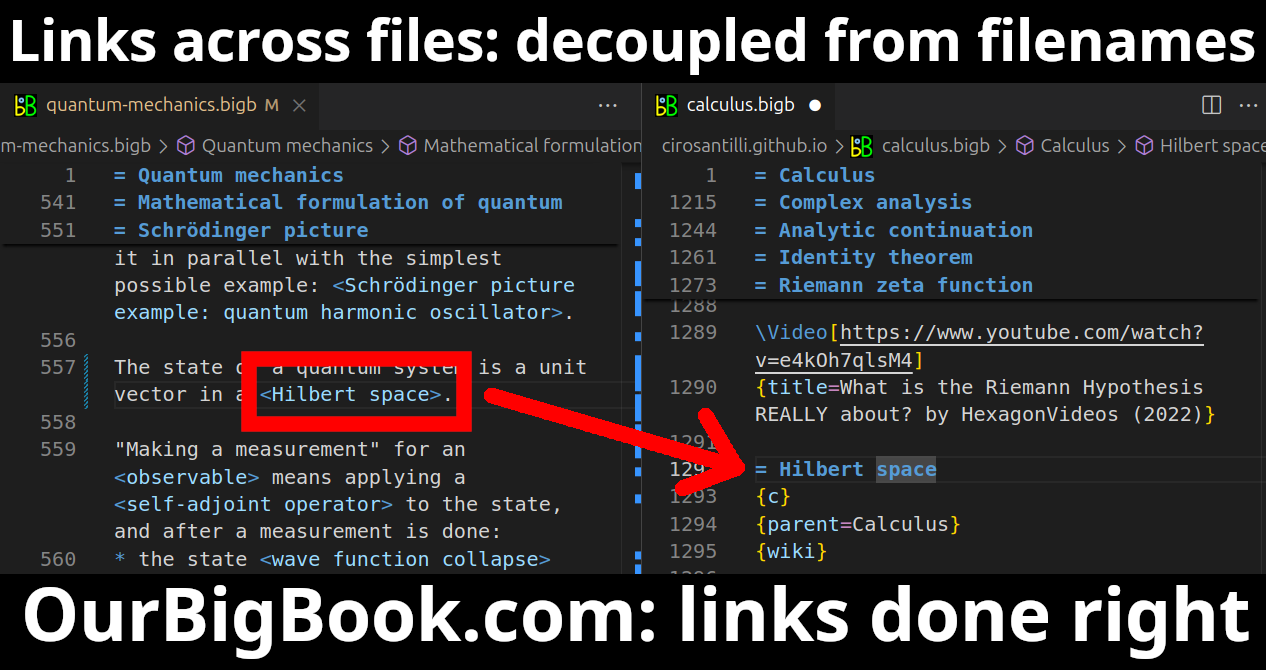iPadOS is Apple's operating system specifically designed for iPads, starting from iPadOS 13. It was first introduced in June 2019, separating the iPad's operating system from iOS to provide features and optimizations tailored for larger screens and multitasking.
The Little Implementation Language (LIL) is a minimalist programming language created primarily for educational purposes. It is designed to help students and new programmers understand key programming concepts without the complexity of full-fledged programming languages. LIL often features a simple syntax and a limited set of operations, which makes it easier for beginners to grasp foundational programming concepts such as control structures (like loops and conditionals), data types, and functions.
The UNIX-HATERS Handbook is a parody book published in 1994 that humorously critiques the UNIX operating system and its associated culture. The book was written by several authors, including Simson Garfinkel, Dan Estates, and others, and it reflects the frustrations and challenges faced by users and developers who interacted with UNIX systems during that time. The content of the book is presented in a satirical tone, highlighting the complexities, quirks, and often counterintuitive aspects of UNIX.
"Woman logicians" refers to women who have contributed to the field of logic, which is the study of reasoning, argumentation, and the principles of valid inference. Traditionally, the field of logic has been dominated by male philosophers and mathematicians, but there have been many notable women logicians throughout history and in contemporary times.
Latifa Al-Abdulkarim is not a widely recognized public figure as of my last update, so there may be limited information available about her. It's possible she could be a person involved in a specific field or region that has not gained broad international prominence.
Emily Short is a well-known figure in the interactive fiction community, recognized for her contributions as a writer and game designer. She is particularly noted for her work in creating interactive stories and has been involved in developing various games using tools like Inform and Twine. Short’s writing often explores themes of character depth, narrative complexity, and player agency, and she is appreciated for her ability to create engaging and thought-provoking experiences in the medium.
As of my last knowledge update in October 2021, "Suki Lee" does not refer to a widely recognized public figure, concept, or topic in popular culture, literature, or other fields. It's possible that it could refer to a person, a brand, or a specific topic that has gained prominence after my last update, or it might be a less-known name or term.
In the context of theology, a practical syllogism is a form of reasoning that links theoretical knowledge or beliefs with practical action or behavior. It typically takes the form of a syllogism, which consists of a major premise, a minor premise, and a conclusion. In theological discussions, this method often helps to illustrate how one's beliefs impact real-life decisions and moral actions.
Nonparametric statistics refers to a branch of statistics that does not assume a specific distribution for the population from which the samples are drawn. Unlike parametric methods, which rely on assumptions about the parameters (such as mean and variance) of a population's distribution (often assuming a normal distribution), nonparametric methods are more flexible as they can be used with data that do not meet these assumptions.
Parametric statistics refers to a category of statistical techniques that make specific assumptions about the parameters of the population distribution from which samples are drawn. These techniques typically assume that the data follows a certain distribution, most commonly the normal distribution. Key features of parametric statistics include: 1. **Assumptions**: Parametric tests often assume that the data is normally distributed, that variances are equal across groups (homogeneity of variance), and that the observations are independent.
The Transferable Belief Model (TBM) is a theory in the field of evidence theory, particularly dealing with the representation and management of uncertain information. It was introduced by Philippe Smets in the context of artificial intelligence and decision-making. ### Overview of the Transferable Belief Model: 1. **Foundation on Belief Functions**: The TBM is based on belief functions, which provide a framework for managing uncertainty.
In statistics, a "well-behaved" statistic generally refers to a statistic that has desirable properties such as consistency, unbiasedness, efficiency, and robustness. These properties make the statistic reliable for inference and analysis. Here are some aspects that typically characterize a well-behaved statistic: 1. **Unbiasedness**: A statistic is considered unbiased if its expected value is equal to the parameter it is estimating, meaning that on average, it hits the true value.
Dvapara Yuga is the third of the four Yugas described in Hindu philosophy, specifically in the context of the cosmological cycles of time outlined in texts such as the Mahabharata and the Puranas. The Yugas are distinct epochs in the cycle of creation and destruction, and they represent different spiritual and moral states of humanity.
Ik Onkar is a fundamental concept in Sikhism, representing the oneness of God. The term is derived from the Gurmukhi script, where "Ik" means "one" and "Onkar" signifies the creative energy or essence of God. Together, "Ik Onkar" proclaims that there is only one supreme being, who is the source of all creation and is present in everything.
Syntax stubs typically refer to placeholders or simplified versions of code syntax that allow developers to understand the structure and requirements of code without implementing the full functionality. They are often used in documentation, tutorials, or during the design phase of programming to convey how certain features or functions should be constructed. Here are a few contexts in which syntax stubs might be relevant: 1. **Documentation**: In APIs or language documentation, syntax stubs may illustrate how to call functions or methods without showing the complete implementation.
A haiku is a traditional form of Japanese poetry that consists of three lines with a specific syllable pattern. The structure is typically 5 syllables in the first line, 7 syllables in the second line, and 5 syllables in the third line, totaling 17 syllables. Haikus often focus on nature or evoke a moment of beauty, reflection, or emotion. They aim to create a vivid image or convey a deep experience in a concise manner.
"Speeches by War" isn't a widely recognized term or concept, so it may refer to a variety of subjects related to speeches delivered during wartime, speeches that address the themes of conflict, or speeches advocating for war or peace. Throughout history, many influential figures have delivered powerful speeches during wars that aimed to unite people, motivate troops, or articulate the reasons for conflict.
"Pilgrims & Pioneers" is a strategic board game designed for both competitive and cooperative play, focusing on exploration and settlement during the early days of American history. Players usually take on the roles of settlers—referred to as "pilgrims" or "pioneers"—navigating through uncharted territories, gathering resources, and establishing settlements.
Bar form is a musical structure commonly found in the compositions of the late medieval and early Renaissance periods, especially in the context of German music. It is characterized by two main sections that are repeated, followed by a contrasting section. The typical arrangement of bar form can be represented as AAB, where: - The first section (A) is usually repeated, creating a sense of completeness and symmetry. - The contrasting section (B) provides a different musical theme or variation to enhance the overall structure.
Wikipedia has several categories dedicated to astronomers, where pages related to individuals who have made significant contributions to the field of astronomy are organized. Some notable categories might include: 1. **Category:Astronomers** - This general category includes all individuals recognized as astronomers. 2. **Category:Women astronomers** - Focuses on female astronomers throughout history and their contributions.
Pinned article: Introduction to the OurBigBook Project
Welcome to the OurBigBook Project! Our goal is to create the perfect publishing platform for STEM subjects, and get university-level students to write the best free STEM tutorials ever.
Everyone is welcome to create an account and play with the site: ourbigbook.com/go/register. We belive that students themselves can write amazing tutorials, but teachers are welcome too. You can write about anything you want, it doesn't have to be STEM or even educational. Silly test content is very welcome and you won't be penalized in any way. Just keep it legal!
Intro to OurBigBook
. Source. We have two killer features:
- topics: topics group articles by different users with the same title, e.g. here is the topic for the "Fundamental Theorem of Calculus" ourbigbook.com/go/topic/fundamental-theorem-of-calculusArticles of different users are sorted by upvote within each article page. This feature is a bit like:
- a Wikipedia where each user can have their own version of each article
- a Q&A website like Stack Overflow, where multiple people can give their views on a given topic, and the best ones are sorted by upvote. Except you don't need to wait for someone to ask first, and any topic goes, no matter how narrow or broad
This feature makes it possible for readers to find better explanations of any topic created by other writers. And it allows writers to create an explanation in a place that readers might actually find it.Figure 1. Screenshot of the "Derivative" topic page. View it live at: ourbigbook.com/go/topic/derivativeVideo 2. OurBigBook Web topics demo. Source. - local editing: you can store all your personal knowledge base content locally in a plaintext markup format that can be edited locally and published either:This way you can be sure that even if OurBigBook.com were to go down one day (which we have no plans to do as it is quite cheap to host!), your content will still be perfectly readable as a static site.
- to OurBigBook.com to get awesome multi-user features like topics and likes
- as HTML files to a static website, which you can host yourself for free on many external providers like GitHub Pages, and remain in full control
Figure 3. Visual Studio Code extension installation.Figure 4. Visual Studio Code extension tree navigation.Figure 5. Web editor. You can also edit articles on the Web editor without installing anything locally.Video 3. Edit locally and publish demo. Source. This shows editing OurBigBook Markup and publishing it using the Visual Studio Code extension.Video 4. OurBigBook Visual Studio Code extension editing and navigation demo. Source. - Infinitely deep tables of contents:
All our software is open source and hosted at: github.com/ourbigbook/ourbigbook
Further documentation can be found at: docs.ourbigbook.com
Feel free to reach our to us for any help or suggestions: docs.ourbigbook.com/#contact






